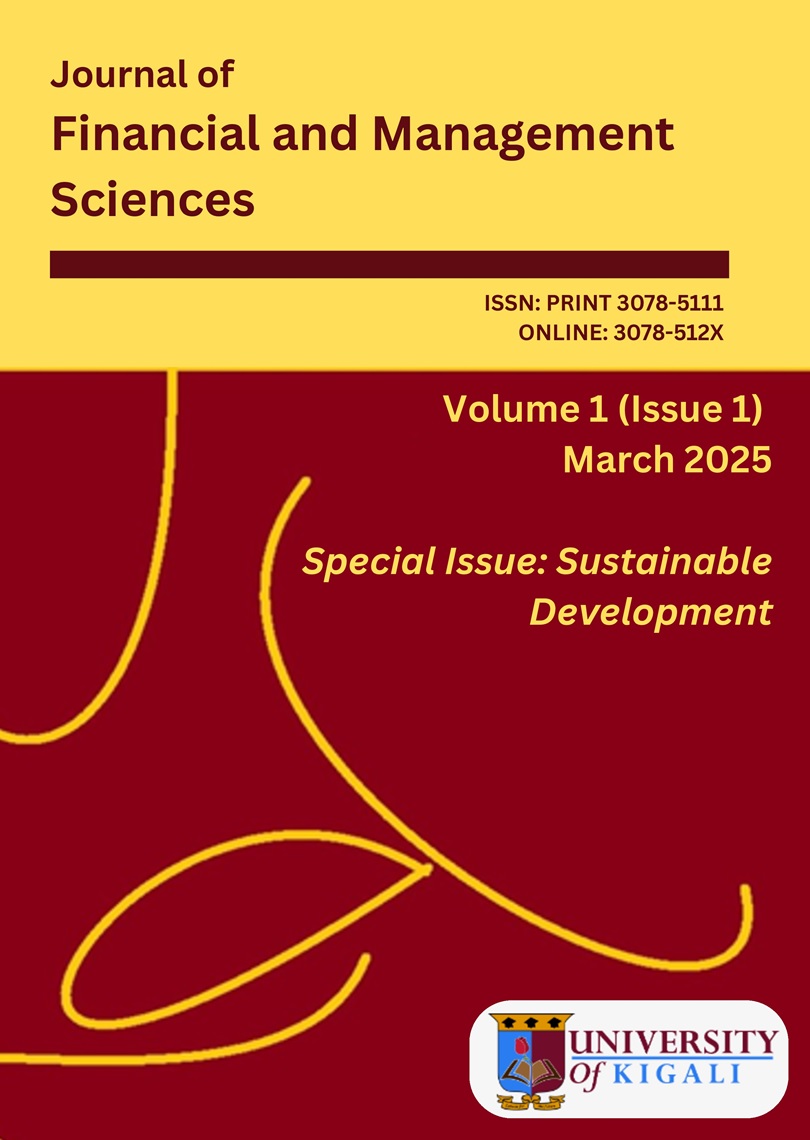Community-led conservation efforts in Zimbabwe
DOI:
https://doi.org/10.70970/6xjf7780Keywords:
Community-led Conservation, Community Resource Management Model, Biodiversity, Ecosystem.Abstract
Community-led conservation is a strategy that involves local communities and indigenous people taking the lead in managing and protecting natural resources. This approach aims to ensure sustainable use of resources and preservation of biodiversity. The objectives of this paper are to make an assessment of the state of Community-Led Conservation (CLC) effort in Zimbabwe. This paper argues that community-led conservation efforts can have a positive impact on local communities by supporting traditional ways of life and building political support for protected areas if done properly. Community-led approaches put communities in charge, allowing them to make key decisions. This study conducts a comprehensive literature review anchored by Ghana’s Community Resource Management Areas Model (CREMA) to address the following issues: Role of community-led conservation, Reasons for supporting community-led conservation, Principles of community-led conservation, and Impact of Community-led conservation on biodiversity and ecosystem services. CREMA is a structured, democratic and legally supported approach to conservation that prioritizes community-led strategies. By integrating conservation practices into the daily lives of communities such as sustainable agriculture, responsible tourism, and habitat restoration, this model ensures that both humans and wildlife can thrive without compromising the delicate balance of ecosystems. This study utilise the interpretivist research philosophy and data were collected through focus group discussions with communities around three conservancies. Qualitative data was analyzed through thematic approach. The study found that CLC in Zimbabwe is in a state of paralysis, communities are no longer involved in conservation efforts and communities are no longer have buy-in in conservation. Human- wildlife conflict is increasing as new human settlements encroach into conservancies. This study recommends the resuscitation of CAMPIRE and the adoption of the CREMA model through collaboration with local stakeholders to build awareness and support for conservation efforts and encourage local communities to use land sustainably to reduce human-wildlife conflict and improve ecosystem health.
Published
Versions
- 05/08/2025 (2)
- 04/08/2025 (1)
Issue
Section
License
Copyright (c) 2025 James Chitopo , Dr Masaire Rosemary Farayi , Marunda Edmond , Nikisi Dennis (Author)

This work is licensed under a Creative Commons Attribution 4.0 International License.


